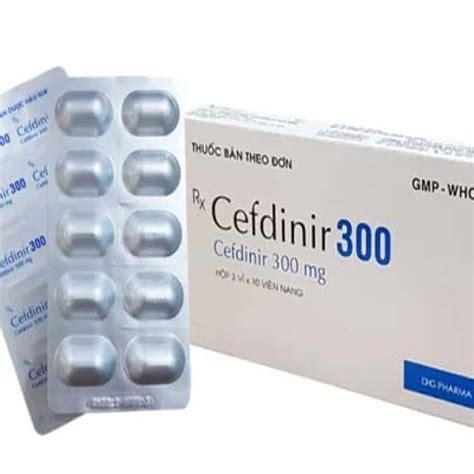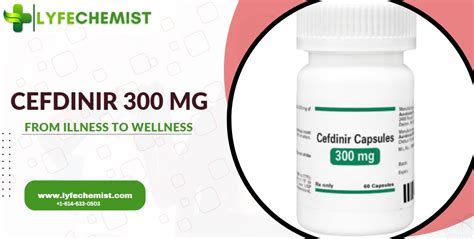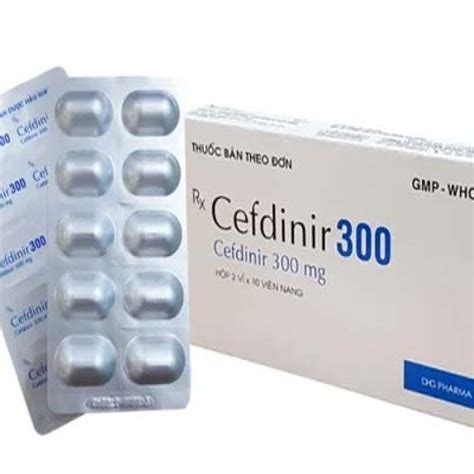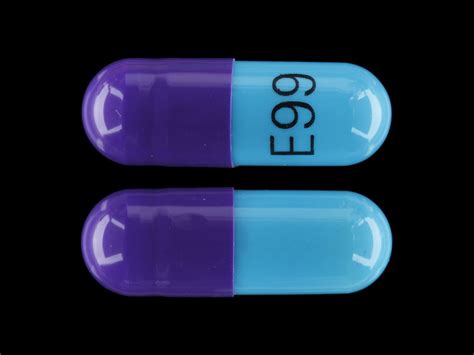Intro
Discover the uses, dosage, and potential side effects of Cefdinir 300 Mg, a widely prescribed antibiotic for treating bacterial infections. Learn how this cephalosporin antibiotic works, its recommended dosage for adults and children, and possible adverse reactions. Get informed about Cefdinirs benefits and risks, and consult your doctor before taking this medication.
Cefdinir is a widely prescribed antibiotic medication used to treat various bacterial infections. It belongs to the class of cephalosporin antibiotics, which work by stopping the growth of bacteria and ultimately killing them. In this article, we will delve into the uses, dosage, and side effects of cefdinir 300 mg, providing you with a comprehensive understanding of this medication.
What is Cefdinir 300 Mg Used For?
Cefdinir 300 mg is primarily used to treat bacterial infections, such as:
- Community-acquired pneumonia (CAP)
- Acute exacerbations of chronic bronchitis (AECB)
- Acute bacterial otitis media (ABOM)
- Pharyngitis and tonsillitis
- Sinusitis
- Skin and skin structure infections

Dosage and Administration
The recommended dosage of cefdinir 300 mg varies depending on the type and severity of the infection, as well as the patient's age and renal function. Here are some general guidelines:
- Adults and adolescents (13 years and older): 300 mg every 12 hours for 5-10 days
- Children (6 months to 12 years): 7 mg/kg every 12 hours for 5-10 days (maximum dose: 300 mg every 12 hours)
- Children (less than 6 months): Not recommended
It is essential to take cefdinir 300 mg exactly as prescribed by your doctor, with or without food. However, taking it with food may help reduce stomach upset.
How Does Cefdinir 300 Mg Work?
Cefdinir 300 mg works by inhibiting the synthesis of bacterial cell walls, ultimately leading to the death of the bacteria. It is a broad-spectrum antibiotic, effective against a wide range of Gram-positive and Gram-negative bacteria.

Common Side Effects of Cefdinir 300 Mg
Like all medications, cefdinir 300 mg may cause side effects, some of which are mild and temporary, while others can be more serious. Here are some common side effects to expect:
- Diarrhea
- Nausea and vomiting
- Abdominal pain
- Headache
- Rash
- Itching
Serious Side Effects of Cefdinir 300 Mg
While rare, cefdinir 300 mg can cause serious side effects, including:
- Allergic reactions (anaphylaxis, Stevens-Johnson syndrome)
- Seizures
- Pseudomembranous colitis
- Hemolytic anemia
- Agranulocytosis

Precautions and Warnings
Before taking cefdinir 300 mg, inform your doctor if you:
- Have a history of allergic reactions to cephalosporins or penicillins
- Have kidney or liver disease
- Are pregnant or breastfeeding
- Have a history of gastrointestinal disease (e.g., colitis)
Interactions with Other Medications
Cefdinir 300 mg may interact with other medications, including:
- Antacids and histamine-2 (H2) blockers (e.g., ranitidine)
- Probenecid
- Warfarin
- Iron supplements

Conclusion
Cefdinir 300 mg is a widely used antibiotic medication effective against various bacterial infections. While it can cause side effects, most are mild and temporary. However, it is essential to follow your doctor's instructions and report any concerns or symptoms promptly. By understanding the uses, dosage, and side effects of cefdinir 300 mg, you can make informed decisions about your treatment and ensure a safe and effective recovery.
Share Your Thoughts
Have you taken cefdinir 300 mg before? Share your experiences, ask questions, or provide feedback in the comments section below.
FAQs
What is the typical dosage of cefdinir 300 mg for adults?
+The typical dosage of cefdinir 300 mg for adults is 300 mg every 12 hours for 5-10 days.
Can I take cefdinir 300 mg with food?
+Yes, you can take cefdinir 300 mg with or without food. However, taking it with food may help reduce stomach upset.
What are the common side effects of cefdinir 300 mg?
+Common side effects of cefdinir 300 mg include diarrhea, nausea and vomiting, abdominal pain, headache, rash, and itching.
